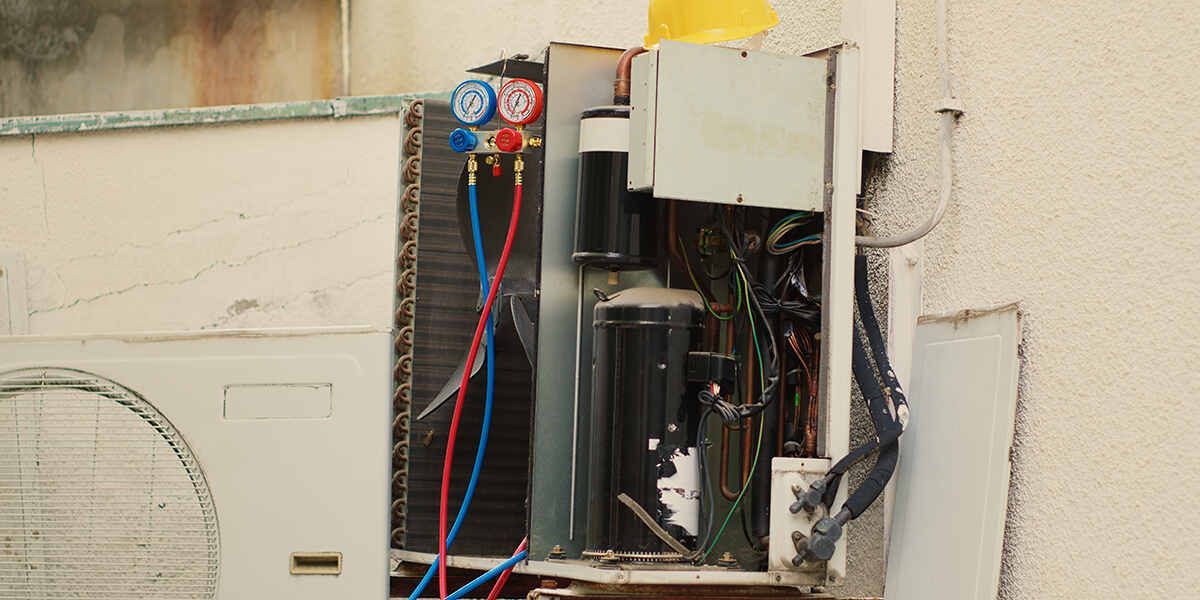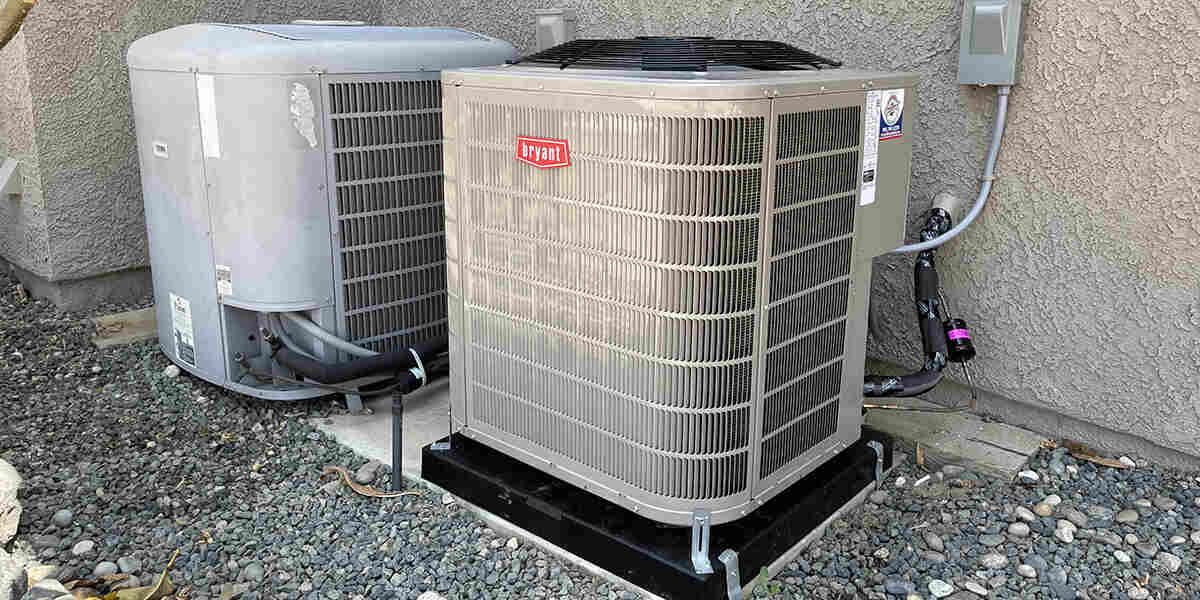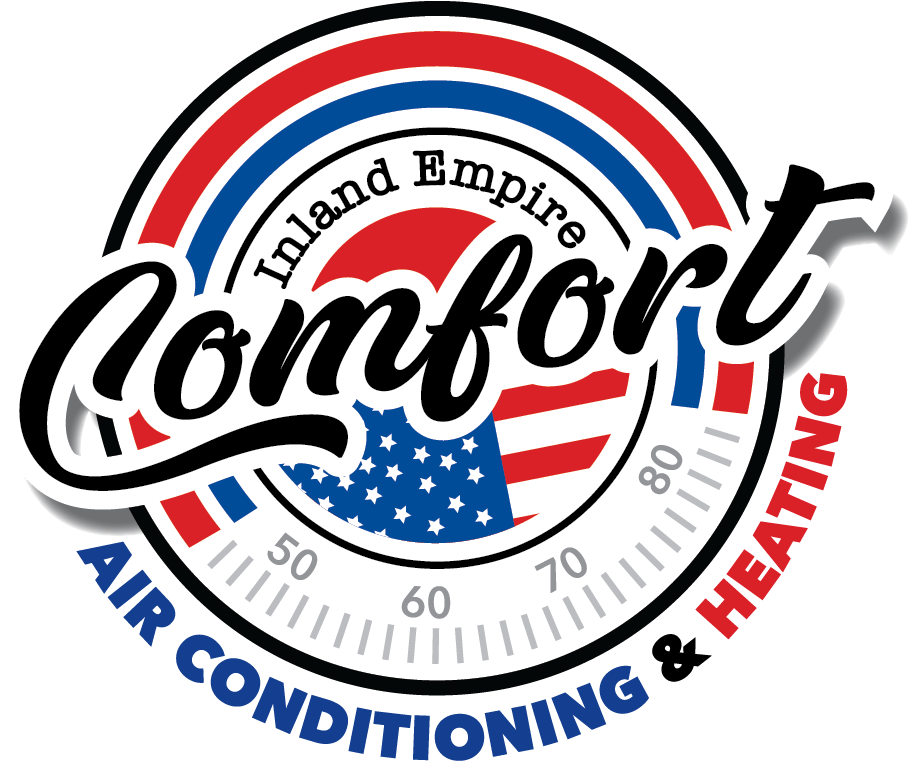What Is the Best Thermostat Setting for the Winter?
It’s the dead of winter. You and your family snuggle together, watching movies peacefully due to your home’s comfortable temperature. But have you ever considered that you could use less heat for similar results while maximizing energy savings?
Heating the home can use a lot of energy and, thus, increase the amount of your monthly utility bills. Finding ways to reduce heating costs while keeping your family warm proves invaluable during the cold seasons. One of the best ways to combat energy costs includes finding the best thermostat setting for winter to keep your home without sacrificing comfort level.
Fluctuations in the atmosphere and weather events like snowstorms can cause the temperature in your home to plummet, making it harder to reach a universal best thermostat setting for winter. For that reason, we’ve created a list of informational tips to help you plan how to heat your home this winter while cutting energy costs.
Are you having issues with your thermostat or HVAC? Look no further than Comfort Air Conditioning & Heating, the best HVAC contractor in Riverside, CA.
Universal Best Thermostat Settings for Winter
The ideal temperature hinges on variables like what you’re doing in your home and how many people are present. The time of day, your home’s size, and outdoor temperature also play significant roles in determining where you set your thermostat.
We recommend the following settings as primary standards for how you should heat your home:
- While home: 68–70 degrees Fahrenheit
- While asleep: 65 degrees Fahrenheit
- While not home: 60–65 degrees Fahrenheit
These go-to temperature settings should comfortably carry you through the winter. If you ever need to adjust due to rapidly decreasing outdoor temperatures or a sudden snowstorm, adjust in increments of five to eight degrees at a time. This prevents you from overdoing it while significantly reducing energy costs and promoting saving money.
Additional Energy Saving Tips
While the temperatures listed above work as great goalposts for your energy usage, the average family tends to adjust temperatures slightly outside these ranges depending on the situation in their home. We’ve gathered some additional tips to help you land on comfortable temperatures if you stray from these standards too much.
Choose a Temperature That Works for Everyone
Like when choosing many things as a family, the temperature of your home may be up for debate. Regardless, when picking a set temperature for your home, you’ll need to come to some agreement.
Don’t hesitate to set different temperatures throughout the day. Most living spaces should average around 70 degrees, while you can set bedrooms lower, about 68 degrees. Keeping temperatures lower while you sleep improves sleep quality, and your body temperature tends to stabilize throughout the night.
Remember to set the temperature lower when you and your family leave the house for more than two hours. Developing some of these habits and making sure everyone is on board can reduce your energy consumption by up to 20% monthly.
Invest in a Smart Thermostat
While getting everyone to agree on the best thermostat setting for winter can prove challenging, purchasing a smart thermostat can help you identify opportunities to save money and cut back on energy spending.
Smart thermostats allow you to control your home’s temperature via your phone automatically. You can even set smart thermostats to adjust automatically depending on outdoor temperatures and indoor fluctuations.
Regardless of the HVAC system you currently have, you can set your smart thermostat to adjust temperatures for you. For example, it can lower the temperature just before your family usually goes to bed. The ability to control the temperature remotely allows you to reduce the temperature in your home when your family is already out, and you forgot to lower it ahead of time.
With or without a smart thermostat, you can set different temperatures for different rooms in the home. This lets you keep unused rooms cooler while centralizing all the heat in the rooms you use most often. Multi-zone heating systems include more complex systems than traditional HVACs, so ask your local service provider if multi-zone heating will work for your home.
Maintain Your HVAC or Heating System
Like many household appliances, scheduling regular maintenance with a professional can allow you to get more out of your heating or HVAC system.
Even if you have the most cutting-edge system, it only works as well as you maintain it. Failing to do so results in your family spending more on heating than you should. Additionally, on an older system that you haven’t maintained, you will end up paying for more frequent and exhaustive repairs.
Some DIY tips that can prevent you from incurring excessive repair fees include:
- Replace your air filter monthly
- Keep objects like chairs and tables away from vents, allowing the air to circulate better
- Do the same outdoors: Make sure shrubbery and other plants near your cooling and heating units are well-trimmed or out of the way
- Schedule preventative maintenance annually before the winter so you can catch problems before they grow
Many homeowners overlook these simple methods and pay for them down the line. Follow these steps and pay attention to how they change your monthly utility spending.
Gradually Decrease Temperature
When the cold initially hits, it’s natural to start increasing the heat output. But as the days and weeks progress, try to incrementally lower the temperature, allowing your body the time to habituate to the new, slightly colder home.
After everyone acclimates, try decreasing the heat by one degree each week. It might not seem substantial at first, but after a few days, you could already save 1% on heating.
Adjust Your Use Habits To Save a Ton of Money
Using this list as your guide for the best thermostat setting for winter, you can take plenty of steps to lower your heat and, thereby, your energy spending habits.
Have you been monitoring your habits, and you still find you’re spending too much on heating? Give Comfort Air Conditioning & Heating a call today at (951) 336-1892. We’ll give you tips, come to your home for heating maintenance, and help you learn why your AC stopped blowing cold air.
You might also like
Inland Empire Comfort
Book a Service Today
We will get back to you as soon as possible
Please try again later
Location
19071 Newsome Rd Riverside, CA 92508
NAVIGATION LINKS
All Rights Reserved | Inland Empire Comfort



